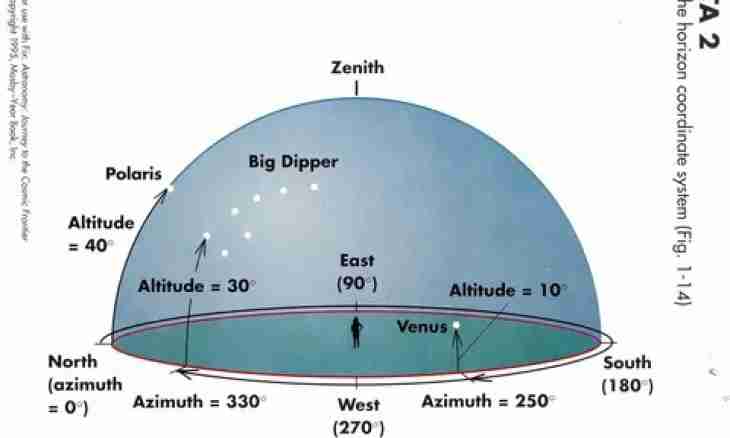The word Renaissance conducts the origin from the Italian Rinascimento and the French Renaissance that in translation in both cases means "revived", "newly given rise". The term "Renaissance" similar to them is more widespread in Russian. So call the special cultural and historical period in development of a number of countries of Western Europe which developed on an outcome of the Middle Ages and existed till an era of Modern times.
Chronologically the Renaissance covers time frames of the beginning of XIV – the last quarter of the XVI centuries. In England and Spain the period of Renaissance proceeded up to the beginning of the 17th centuries. The most characteristic feature of Renaissance is the special type of culture created on the principles of anthropocentrism and cardinally different from the expressed religiousness of culture of the Middle Ages.
The concept "Renaissance" ("Renaissance") for the first time meets already in works of the famous Italian humanist of the 16th century Giorgio Vasari and means a certain blossoming, jump in all spheres of life of society and, first of all, in the sphere of culture. Gained modern value as the name of a historical era, this term in the XIX century, thanks to works of the French historian Jules Michle.
Formation of a new cultural paradigm in Italy was closely connected of the 14th century with rapid growth of the independent cities republics. This historical process allowed to come out of the shadow to the estates which are earlier almost not involved in the feudal relations: to city handicraftsmen, dealers, bankers, workmen. In character the culture of the Renaissance is the city culture alien to the hierarchical religious system of values characteristic of the Middle Ages. Attempts to oppose something to the dominating scholastic culture of church led to formation of outlook of the humanity leaning on antiquity ideals. The powerful spur for cultural development of the Renaissance was given by emergence of publishing in the 15th century. Mass distribution of printing books allowed to make works by antique philosophers available to wide circles of the population. In the European cities the secular centers of science and art began to be formed actively. Mass interest in ancient art generated new forms in all art forms: to architecture, painting, sculpture, literature. The person with all his passions and experiences became new main object of art. In philosophical works of thinkers humanists the ideal of the new free, harmonious and comprehensively developed personality – the so-called "universal" person was described. The ingenious Italian artist Leonardo da Vinci was one of the brightest representatives of this outlook. Idea of boundless opportunities of will and reason of the person, his bogopodobnost is reflected in works of many philosophers of that time. In particular, the famous philosopher pantheist, the follower of the ideas of N. Copernicus, – Giordano Bruno put forward the idea of the "heroic enthusiasm" inherent in truly creative, harmonious person capable to create the world around on own understanding. The culture of the Renaissance generated the whole group of the ingenious artists and thinkers who had a huge impact on all subsequent development of the Western European society. Many philosophical and scientific ideas created during that historical period did not lose the value and today, and fine works of art are still object of admiration and pride of many people.

